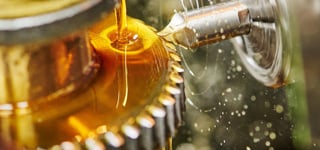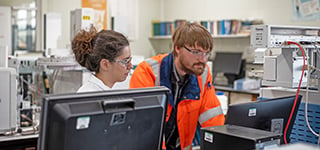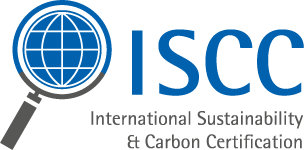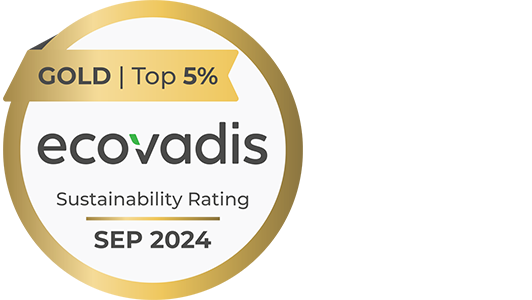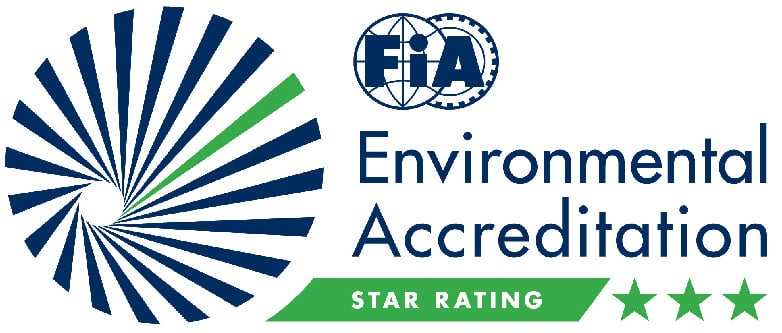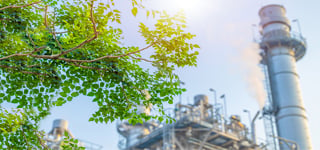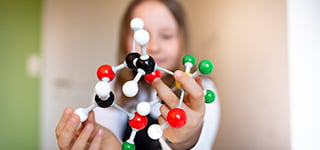
Production Site Speyer
Speyer – ein Standort mit Zukunft
Speyer ist ein strategischer Produktionsstandort für Haltermann Carless. Kontinuierliche Weiterentwicklungen und Investitionen sind wichtiger Teil der über 50jährigen Geschichte. Mit rund 120 Mitarbeiter produzieren wir ein umfangreiches Portfolio mit hohen Ansprüchen an Qualität und Nachhaltigkeit. Dafür investieren wir in moderne Technologien, verbesserte Produkte und nachhaltige Lösungen.
Speyer – ein Standort mit Zukunft
Speyer ist ein strategischer Produktionsstandort für Haltermann Carless. Kontinuierliche Weiterentwicklungen und Investitionen sind wichtiger Teil der über 50jährigen Geschichte. Mit rund 120 Mitarbeiter produzieren wir ein umfangreiches Portfolio mit hohen Ansprüchen an Qualität und Nachhaltigkeit. Dafür investieren wir in moderne Technologien, verbesserte Produkte und nachhaltige Lösungen.
Haltermann Carless Speyer – a production site with a prosporous future.
Speyer is a strategically important production site for Haltermann Carless. Ongoing developments and investments have been an integral part of the company's more than 60-year history at this site.
With around 120 employees, we produce an extensive portfolio with high demands on quality and sustainability. To achieve this, we invest in modern technologies, enhanced products and sustainable solutions.
Facts at a glance
-
Hydrogenation plant
-
9 distillation columns
-
Natural gas-based power generation plant
-
Loading and blending station
-
175 tanks
-
600 pumps
-
Approx. 220,000 sqm² area
-
Production in compliance with GMP standards
Processing of up to 200,000 t of raw materials per year
80,000 m3 (tanks from 25 m3 to 3,000 m3)
- Water jetty
- Railway siding
- Loading station for tankers
- Tank wagons
- Tank trucks
- Drums
- Iso containers
- ISO 9001 (Quality)
- ISO 14001 (Environment)
- ISO 50001 (Energy)
- ISO/IEC 17025 (Hamburg laboratory)
120 employees, plus numerous external service providers
- Performance Solvents
- Middle Distillates
- Pentanes
- Paraffinic Solvents
- Components for Test Fuels
- Bio-based products made from renewable raw materials (Ecobase)
The Speyer site not only offers an ideal infrastructure, but also produces in an environmentally friendly way using → regional wind energy.
Portfolio
Products made in Speyer
Our product portfolio supports a wide range of industries with important and critical raw materials. We offer our customers the highest quality standards, high-performance products, customised blends and formulations, as well as reliable and timely delivery.
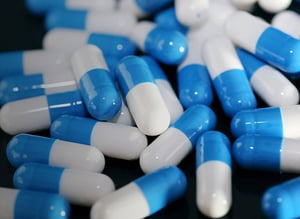
They play a crucial role in the production of active ingredients in the pharmaceutical industry.
Read more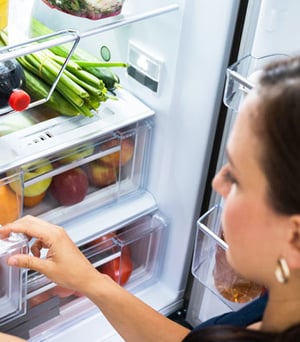
As blowing agents in foaming materials, they are necessary for excellent insulation of buildings or high cooling efficiency in refrigerators. They are also used in foaming gels in the cosmetics industry.
Read more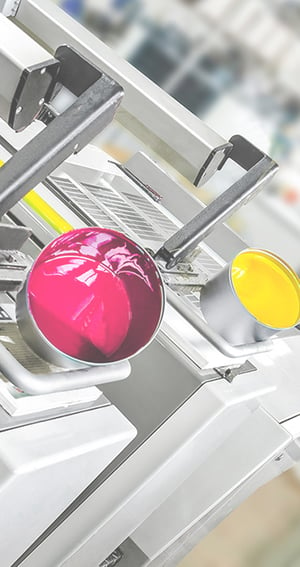
For printing ink manufacturers, our PIDs with low aromatic content are important raw materials.
Read more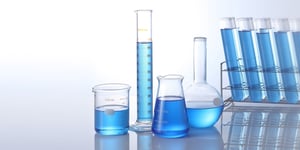
Further processed into lubricants, silicone sealants, metalworking fluids, rolling oils or oil extenders and are used for paper processing and water treatment.
Read more

Our solvents are used in paints & varnishes, adhesives, greases & silicones, as well as in agents for cleaning & degreasing.
Read more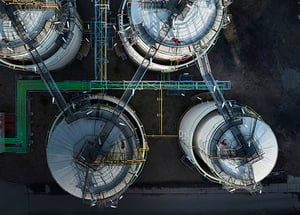
They are needed for solvents and degreasers, cold cleaners, lamp oils, for security inks and for special extraction processes.
Read more
Haltermann Carless 360° Services
Quality is key to us and our customers can rely on that promise. At the Speyer site, we ensure our consistently high quality standards with numerous measures in our laboratories, standardised process controls and through our certifications and with our bespoke supply chain solutions.
Laboratory
Our extensively equipped laboratories in Speyer are integrated into the production plant and offer a wide range of testing and analysis procedures, for example
- density measurement,
- flash point and aniline point,
- cold flow behaviour (e.g. pour point, CFPP),
- distillation profiles,
- vapour pressure or
- tests for oxygen-containing
- molecules such as ketones.
- Individual quality parameters possible.
Testing is carried out according to the 4-eyes principle, with another employee always checking all data.

Supply Chain
All services related to our high-quality products are tailored to the requirements and specifications of our customers – including the reliable and timely delivery of our products. The Speyer location offers the ideal infrastructure for this.
- Strategic location in the centre of Europe with proximity to the Rhine river and Frankfurt Airport
- Good logistics connections with our own jetty on the production site, our own loading and unloading stations for rail tank wagons, as well as a loading point for tank trucks
- Packaging options in tank wagons, tank trucks, drums and insulated containers
- Individual transport concepts according to customer agreement
- Worldwide distribution

Certifications
Our certifications are proof of our high quality standards. The Speyer site is ISO 9001 (quality), ISO 14001 (environment) and ISO 50001 (energy) certified. Our laboratories are also certified according to ISO 9001 and ISO 14001, i.e. according to quality and environmental aspects.
Click here to get all Haltermann Carless certificates:

Acting responsibly
Safe production in Speyer
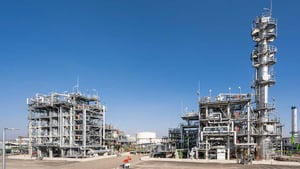
Safe operation
Acting responsibly, using resources efficiently and investing in modern and safe operating facilities are an important focus for Haltermann Carless. This means, in concrete terms, safe working conditions for our employees and all service providers on our production site, but also safety for our immediate neighbours. This includes a comprehensive safety programme with regular maintenance, employee training, exercises and safety talks. Our own plant fire brigade is also part of the safety concept and can react quickly in the event of an incident.
All important information on the subject of safety and environmental protection at our site in Speyer, can be found in our information brochure:
→ Flyer Information for Neighbours incl. emergency and safety guidelines (only DE)
→ Flyer Welcome to Speyer incl. directions & plant premises
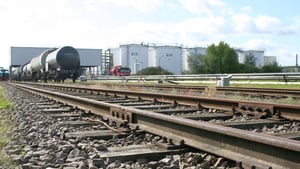
Environmentally sound practices
Naturally, our responsibility also includes acting in an environmentally conscious and sustainable manner. We are constantly working to further optimise our production processes in order to minimise our environmental impact. This includes the economical use of resources, the reduction of emissions and the avoidance of waste. We are strongly committed to promoting environmentally friendly practices in our industry. Our aim is to make a positive contribution to a more sustainable future through innovation and commitment.
Find out more here:
→ Blog article: Haltermann Carless uses regional wind energy
Investments in the future of the Speyer production site
We continuously invest in the expansion and modernisation of our production site. This enables us to meet the increasing demands of our customers and to sustainably develop the production site with efficient technologies. In recent years, we have already carried out a wide range of investment projects: For example, in 2012 we increased the production capacities for our Pentane product range, and in 2016 we invested in the expansion of a new loading and mixing station. In addition to investments for product developments and customer requirements, we are also pushing ahead with targeted sustainability projects. For example, the construction of a new energy generation plant based on natural gas in 2014 or the switch to green electricity in 2021. In 2022, we commissioned our new hydrogenation unit.
With modern technologies, a focus on future trends and investments in sustainability, we are strengthening our market position - and our location - in the long term.
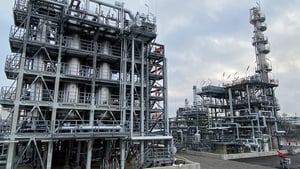
Hydrogenation unit
Our commitment to the needs and requirements of our customers is reflected in our hydrogenation unit. Improved product qualities, capacity expansion and sustainable production go hand in hand here.
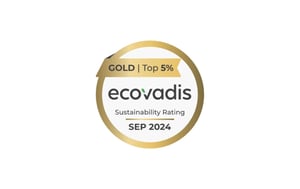
EcoVadis rating
Our numerous projects for responsible behaviour and greater sustainability have been awarded gold status.
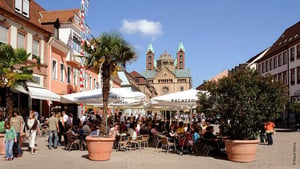
Community Engagement & Employer
At Haltermann Carless, we see ourselves as part of the local network in Speyer and therefore maintain close contact with the city of Speyer, neighbouring companies and local interest groups, such as the Chamber of Industry and Commerce or the Joachim Becher Foundation. We are also proud to be an important employer in this region.
Want to join our team?
Haltermann Carless' strategic investments in the location also make the company attractive as an employer. About 120 of the total of 450 employees of the globally active company work on the factory premises, including many highly qualified specialists. In addition, there are numerous external service providers from the region who work on the maintenance or the implementation of projects.
In addition to securing jobs, the training of young people is close to our hearts. Here you can find out how you can become part of our team.





